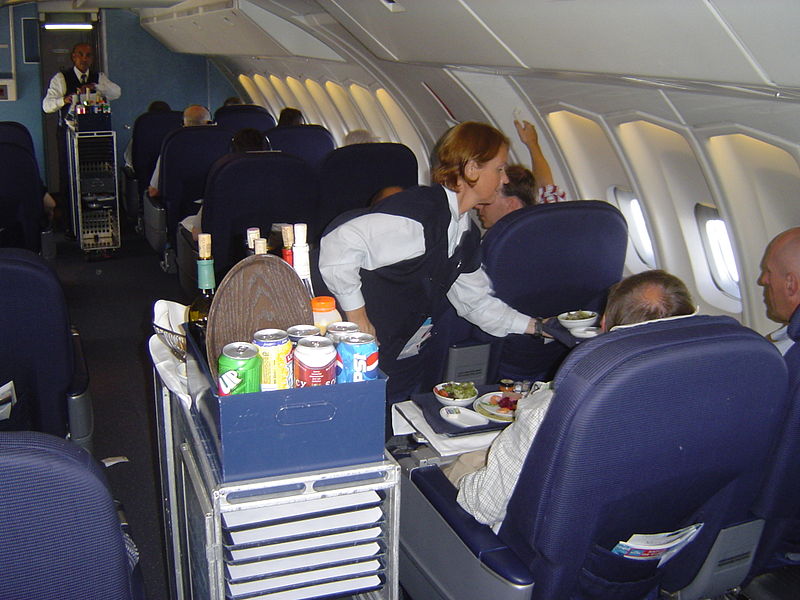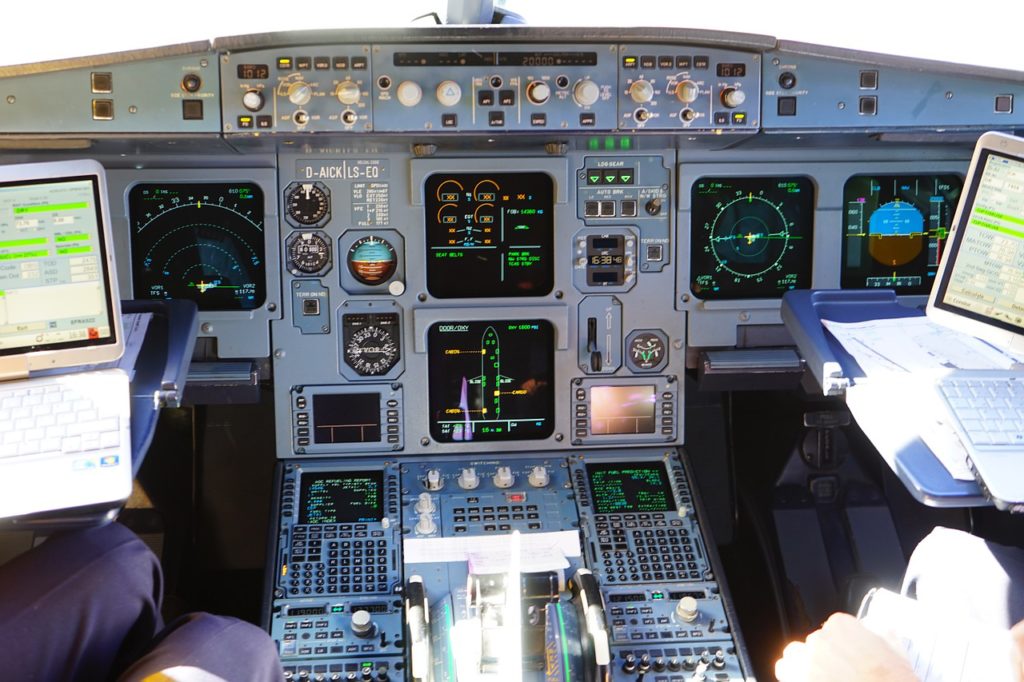There are a lot of things you need to know about the flight attendant job – the tasks that you need to do on board, the requirements of the airline you’re applying at, and the aviation company itself. But then again, learning doesn’t end as you get hired for the position. Every day is an opportunity for you to learn, improve your skill set, and figure out the best approach to use for every passenger.

Importance of Aviation Terminologies
A lot of people who work in an aviation company use certain terminologies. Although airlines don’t really include them in a cabin crew’s qualifications, knowing these terms beforehand can make things easier for you as you start flying with the passengers. It will also give you a better understanding of the processes and airline situations.

AFT – pertains to the back or rear of the aircraft
Air field – a land or water territory intended for the aircraft’s departure and arrival, including the airplane landing, take-off, parking, loading and unloading, and more.
AOG – means ‘Aircraft on Ground’, the aircraft is unserviceable as it is waiting for spare parts or rectification
Block Time – the period of time starting from the aircraft’s movement until it is parked
Bulkhead – can also be referred to as exit row seats, a wall that divides parts of the cabin
CANX – means the flight is canceled
Chocks – they are placed in the wheels to prevent the aircraft from moving
Debriefing – the opposite of pre-flight briefing, as the meeting happens after the flight to summarize how the flight went
Ditching – emergency landing made on water
Flight Deck – the area where the crews usually sit
Galley – serves as the kitchen of the aircraft where the food is usually prepared
Hat Rack – another term for the overhead storage compartment
INF – a child who hasn’t reached his/her second birthday yet, an infant
J CLASS – another term for the business class
Lift – a certain vehicle that helps handicapped passengers to board the aircraft
MEL – Minimum Equipment List
NOTOC – Notification for the Captain about dangerous goods
Overbooked – as the term suggests, it means that the flight has more passengers than the available seats
PRM – a person with reduced mobility
Rudder – used to control the nose of the aircraft
Starboard – right side of the airplane
Taxiway – the link between the ramp and runway
WCHS – a passenger who cannot ascend or descend the stairs
The list goes on and on, and these are only a few that you can use to jumpstart your career. Which of these did you already know?